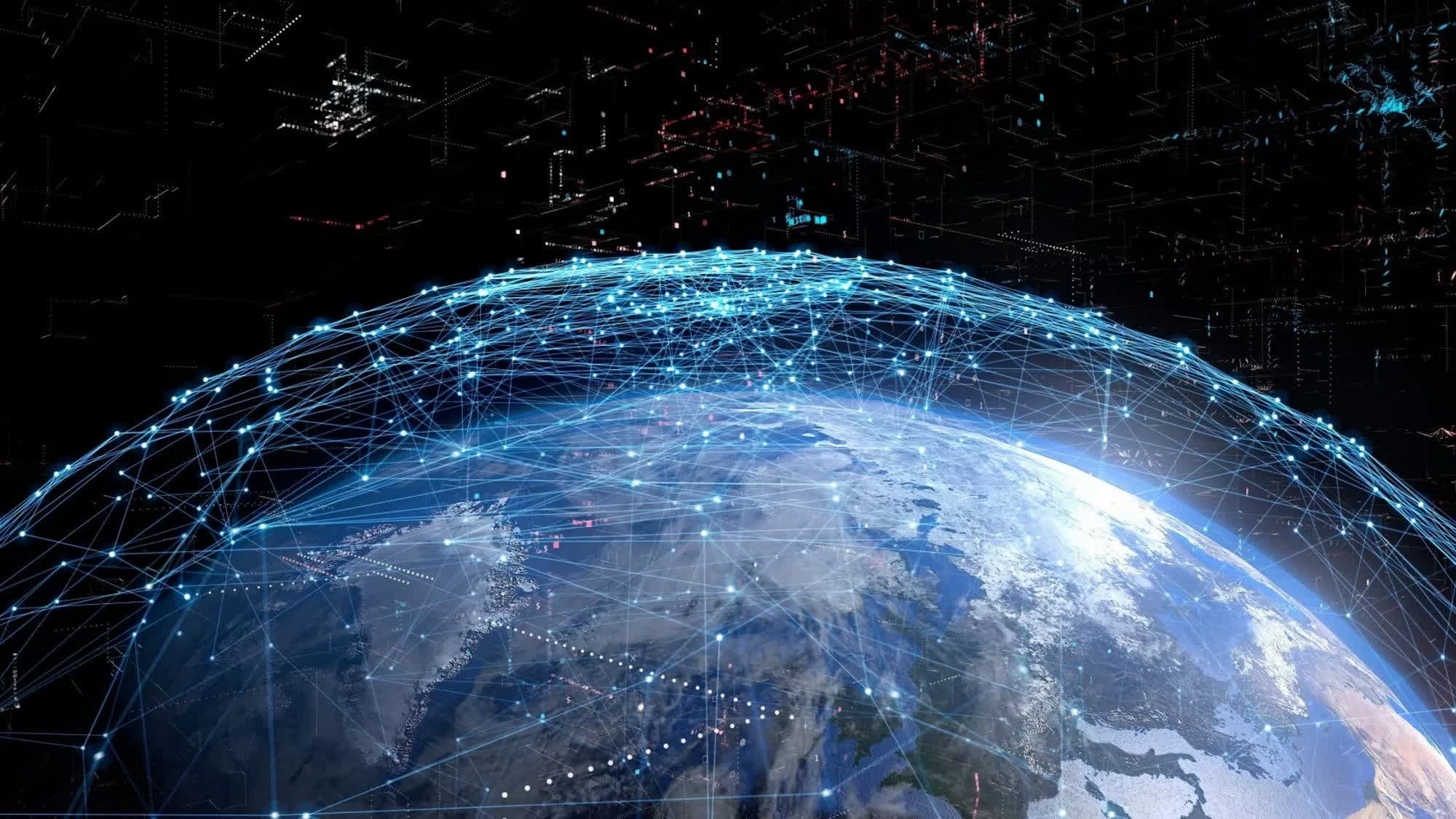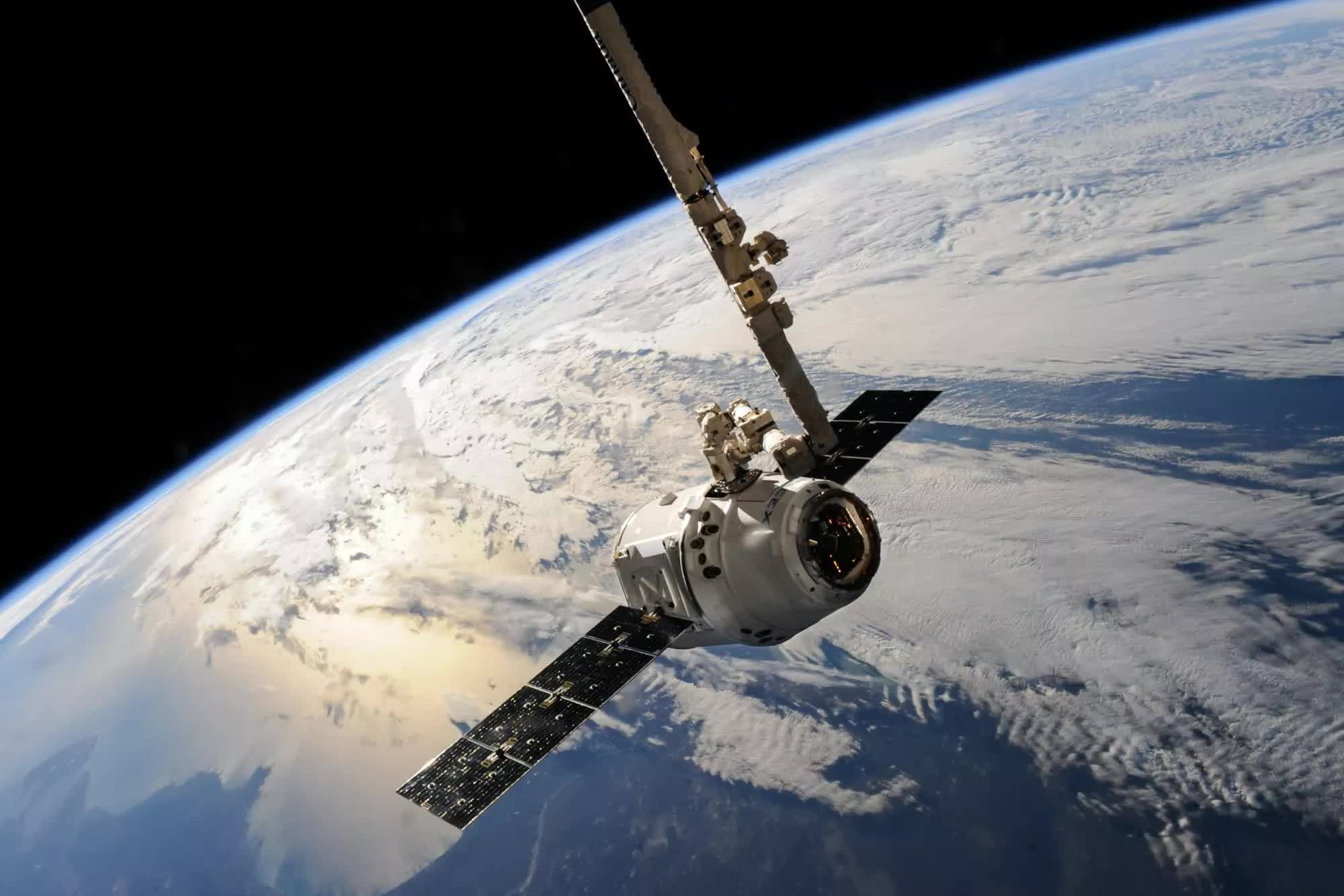Why it matters: As companies rush to launch mega-constellations of internet satellites, the traffic jam in low Earth orbit is getting ridiculous. And it turns out all those satellites burning up in the atmosphere on re-entry could have an unfortunate side effect down here on Earth: depleting the ozone layer that protects us from harmful UV radiation.
That's the alarming finding from a new study by researchers from the University of Southern California. According to their models, the main byproduct created when satellites incinerate in the atmosphere is aluminum oxide nanoparticles, which can remain in the atmosphere for decades. Those particles could be catalysts for chemical reactions that destroy ozone molecules.
The Montreal Protocol back in 1987 successfully phased out ozone-depleting chlorofluorocarbons and seemed to get the hole in the ozone layer under control. But that achievement could be undone if we keep launching satellites at an ever-increasing pace.
In 2022, an estimated 17 metric tons of aluminum oxide rained down into the upper atmosphere from decaying satellites – a 29.5% spike above normal levels, according to the research. That may not sound like much, but this was just the start.
If we eventually get the full mega-constellations proposed by companies like Starlink, Hughes, Amazon, and others, the models suggest over 360 metric tons per year of aluminum oxide could be injected into the stratosphere at reentry. That's enough extra particulate to deplete ozone levels again.

"We find that the demise of a typical 250-kg satellite can generate around 30 kg of aluminum oxide nanoparticles, which may endure for decades in the atmosphere," notes the study.
However, not everyone agrees with this research. Daniel Cziczo at Purdue University has some issues with the methodology used, telling The New York Times that it may overstate the magnitude of the problem "by applying the incorrect size, composition, and chemistry to the particles that exist in the atmosphere." But he agrees this is an area ripe for further study.
For now, the regulatory bodies that oversee the space industry are only just starting to wrap their heads around these potential environmental impacts. The United Nations Committee on the Peaceful Uses of Outer Space published sustainability guidelines calling for regulation in 2019. And the FCC only approved 7,500 of SpaceX's planned satellites in 2022, out of the planned 30,000.
A big unknown is whether the Montreal Protocol could be expanded to cap satellite-sourced particulates, in addition to the ozone-depleting gases it already regulates. For now, atmospheric scientists can only model worst-case scenarios as mega-constellations continue to grow.
